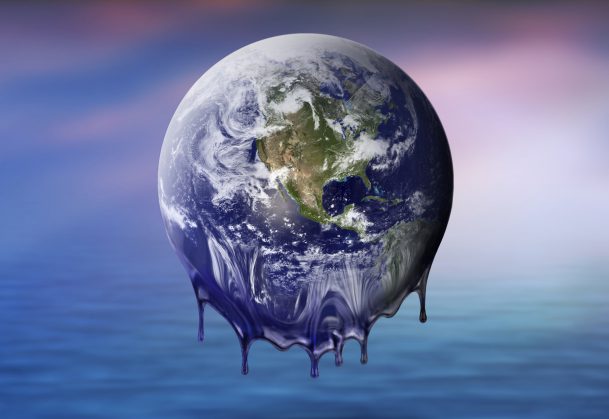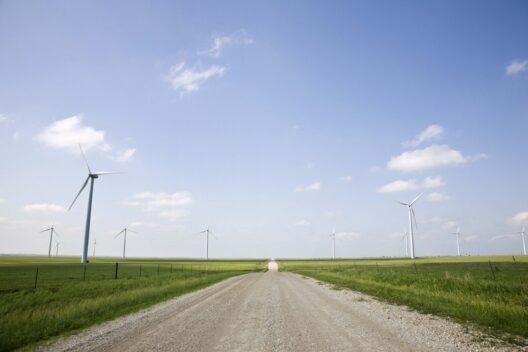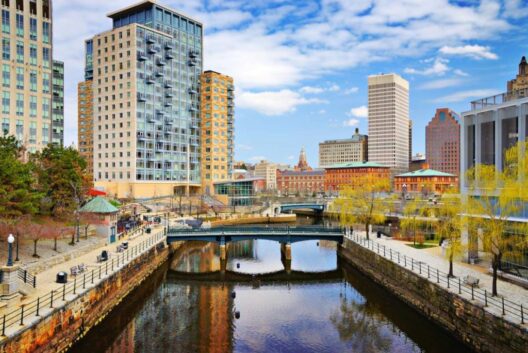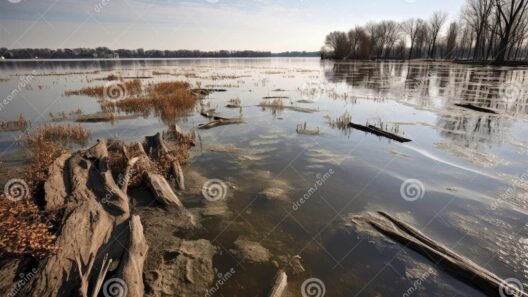The oceans have a secret, and it’s not one that is easily overlooked. As global temperatures continue to rise, an alarming phenomenon is unfolding—sea levels are steadily creeping upwards. Imagine standing on your front porch, with waves lapping against your doorstep. It might sound like a scene from an apocalyptic thriller, yet this is the stark reality many coastal communities could face in the not-so-distant future. The interplay between humanity’s carbon emissions and the natural world’s delicate equilibrium has led us to an existential crisis, one that manifests as a global calamity called climate change.
Year after year, the Intergovernmental Panel on Climate Change (IPCC) has reported an inexorable rise in sea levels—about 3.3 millimeters annually since 1993, with accelerated trends observed in recent years. The culprit? A combination of thermal expansion of seawater as it warms and the melting of glaciers and ice sheets in Greenland and Antarctica. What might happen if this trend continues unchecked? Coastal cities, ecosystems, and communities—once vibrant and bustling—might find themselves submerged, swallowed by encroaching tides. The prospect is daunting. Are we prepared to address the ramifications of our warming planet?
One might ponder the role of atmospheric carbon dioxide in this unfolding narrative. The burning of fossil fuels, deforestation, and industrial activities have resulted in heightened concentrations of greenhouse gases in the atmosphere. These gases trap heat, causing global temperatures to rise. In the quest for economic growth, we have often ignored the sanctity of our environments, leading to devastating consequences. Greenhouse gases are persistent; once emitted, they can linger, trapping heat for decades. The challenge lies in our collective capacity to reduce emissions and mitigate further damage. Can we summon the requisite political will and public support to tackle such a monumental task?
Urban planning in coastal areas faces a Sisyphean struggle. Consider cities like Miami, New Orleans, and New York, where infrastructure must adapt to the inexorable rise of the sea. The solutions are multifaceted, involving not only innovative engineering but also policy revisions and community engagement. Constructing sea walls, restoring mangroves, and investing in green infrastructure are immediate responses to this encroaching threat. However, temporary fixes seldom address the root causes of climate change. The lasting solution requires a paradigm shift in our relationship with nature—how we consume, govern, and plan for the future.
The implications extend beyond human habitation; marine ecosystems are similarly threatened. As temperatures rise, the delicate balance of marine life is disrupted. Coral reefs, often referred to as the “rainforests of the sea,” are dying at alarming rates. The phenomenon of coral bleaching, resulting from increased water temperatures, leads to widespread mortality among these vital organisms. As reefs decline, so do the myriad species that depend on them, disrupting food webs and diminishing biodiversity. What happens when the ocean’s health deteriorates? The livelihoods of millions who depend on marine resources are at stake, not to mention the loss of ecological services that healthy oceans provide.
Moreover, as sea levels rise, saltwater intrusion becomes a pressing issue for freshwater sources in coastal regions. This contamination threatens agriculture, drinking water supplies, and livelihoods. Farmers who once harvested plentiful crops may find their lands rendered unproductive, leading to food insecurity. The interconnectedness of these challenges creates a complex web of social, economic, and environmental dilemmas. How do we foster resilience within affected communities while ensuring a sustainable future?
Education and awareness play critical roles in addressing the challenges posed by rising sea levels. Engaging communities in discussions about climate change enables a collective understanding of the threats, which can catalyze action. By fostering an informed public, individuals can be empowered to advocate for policies and practices that promote sustainability. Institutions and organizations must mobilize to disseminate information and promote actionable steps. Could we envision a future where upcoming generations are adept at understanding and addressing the climate crisis?
On a global scale, international cooperation is paramount. Climate change knows no borders; therefore, collaborative efforts among nations are essential to establish equitable solutions. The Paris Agreement is a testament to the global recognition of climate change as an existential threat. However, it is only the beginning. Countries must hold one another accountable for their commitments, ensuring that aspirations translate into real-world actions. Can we rise beyond nationalistic tendencies to confront the common enemy that is climate change?
As the sea continues its relentless ascent, we confront the inevitability of change. Adaptation and mitigation, coupled with innovative thinking and community action, can guide us through this tumultuous era. The Great Lakes may not be vast oceans, but they, too, are rising, revealing the omnipresent impact of global warming. Landscape alterations—such as shifting coastlines, rejuvenated wetlands, or even relocated communities—may redefine our relationship with geography.
In conclusion, our coastlines may be sinking, but the human spirit—if ignited by a sense of urgency and responsibility—offers a glimmer of hope. By asking ourselves pivotal questions and confronting the challenges head-on, we may yet find a way to navigate this dynamic and rising tide. As we stand at the precipice, it is critical for each of us to engage in conversations, advocate for change, and commit to a sustainable existence. Only then can we stem the tide and safeguard our coastlines for future generations.








